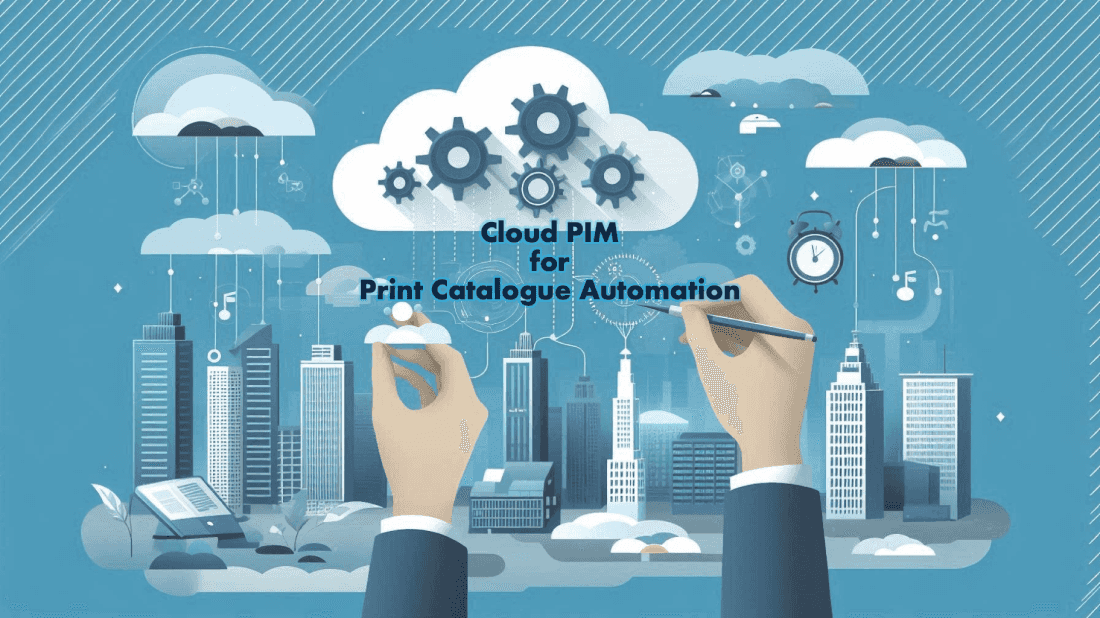Apr 10th, 2024
How to Select PIM for Superior Product Data Management
Categories:Product Information Management SystemSelecting the right Product Information Management (PIM) solution is crucial in today’s digital commerce environment.
It involves more than just evaluating technology features; it's about finding a PIM solution that fits well with your company’s business process management and can be easily adopted by your team.
Embarking on Your PIM Journey
The process begins with a meticulous two-phase discovery to ensure the PIM system aligns seamlessly with your organizational workflows and goals. The objective is to achieve optimal integration and functionality for managing your diverse product catalog effectively.
Phase 1: Analyzing and Categorizing User Needs
The approach involves categorizing user needs into seven key groups to ensure a comprehensive understanding of your requirements. This includes:
- KPIs & Objectives: Setting clear, measurable goals to identify the business and technical challenges you need to overcome.
- Product Lifecycle & Workflow: Mapping out processes to highlight gaps between current capabilities and future needs, including user roles, permissions, and syndication.
- Data Model Structure: Developing a strategy to efficiently organize and manage your data model to enhance product content and information accuracy.
- Data Cleansing: Utilizing advanced techniques, possibly with AI integration, to ensure the data quality of your product information management.
- Asset Management: Strategizing how digital assets are handled, whether sourced from digital asset managers (DAM) or other systems.
- Supplier Data Onboarding & Initial Import: Tailoring features to accommodate the specific needs of manufacturers or distributors to streamline supplier data integration.
- Architecture & Connections: Ensuring seamless integration of the PIM system with all your sales channels and systems, enhancing data governance and system interoperability.
Phase 2: Building a Business Case and Demonstrating Solutions
The insights gained from the initial analysis are then synthesized into a business case. This document outlines the major challenges, the current product catalog overview, and specific requirements tailored to your needs.
PIM Demos Tailored to Your Business
With a solid business case, demos from top PIM providers should be facilitated, and chosen based on the scale of your operations and the complexity of your processes. These demos are structured to address your specific challenges in the order they were identified, allowing you to visualize how each PIM solution can meet your needs.
Choosing the Right PIM Solution
Assess each PIM technology against crucial criteria such as data governance, product lifecycle management, and customer experience enhancements. This evaluation helps in selecting a PIM system that not only fits your budget but also complements your data model structure and business process management requirements.
Final Decision and Implementation
After a thorough evaluation, the decision-making process culminates in an executive summary that helps you choose the PIM system that best aligns with your strategic goals. With the selected PIM in place, we proceed to draft a Statement of Work for the implementation phase, ensuring a smooth transition and successful deployment.
Benefits of a Strategic PIM Selection
By choosing the right PIM solution, your company can enjoy tailored product information management capabilities, streamlined workflows, reduced need for costly customizations, and an overall enhancement in how product data is managed and utilized across your organization.







